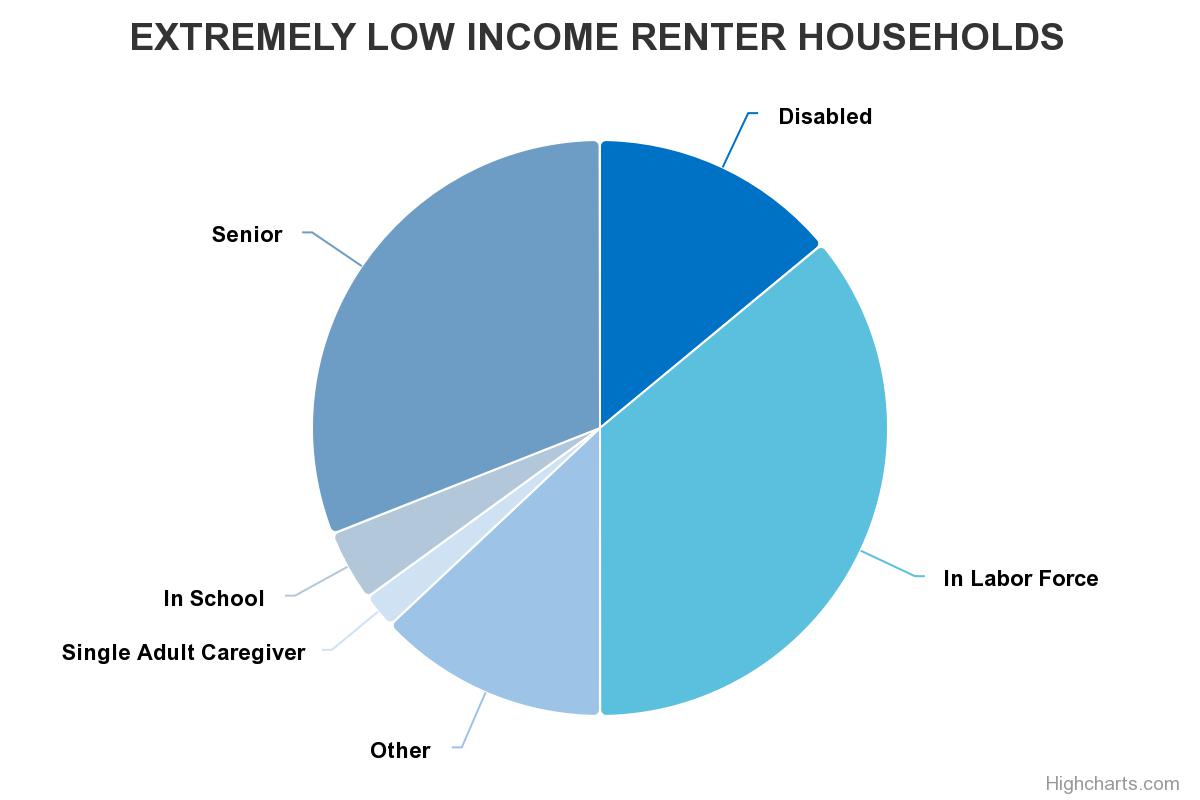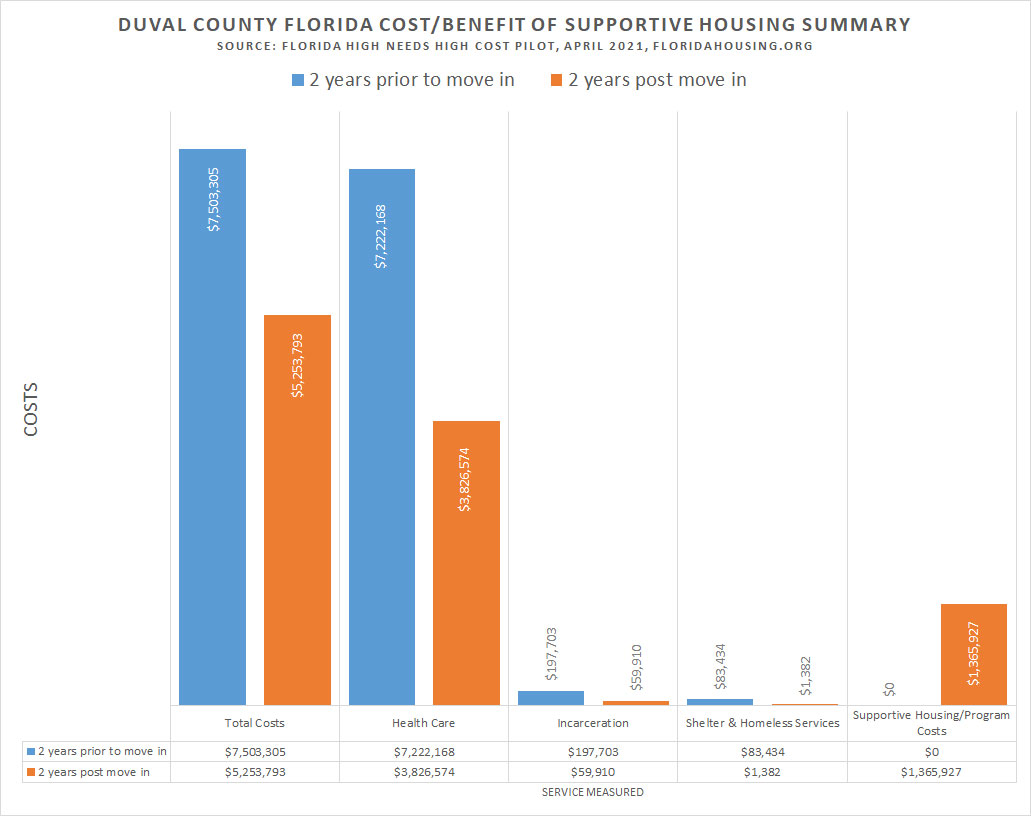The need for affordable housing in Florida is critical, driven by factors such as a high-cost rent burden on households, low wages, income disparities, a growing population, and the vulnerability of certain groups. Many Floridians struggle to afford decent housing, with a significant percentage of their income going toward housing expenses. This issue affects individuals and families across various income levels, putting them at risk of homelessness, housing instability, and compromising their overall well-being. Addressing the need for affordable housing is essential to ensure that Floridians have access to safe and affordable homes, promote economic stability, and foster thriving communities.
THE NEED
THE MOST VULNERABLE
Various groups are at risk of homelessness in the state of Florida. This includes individuals and families with low incomes, facing economic instability, and struggling with the high cost of housing. Youth and young adults, veterans, and those with mental health or substance abuse issues are also vulnerable. Additionally, racial and ethnic minorities, LGBTQ+ individuals, and victims of domestic violence are at higher risk. The complex interplay of these factors puts these populations in precarious health and safety situations, underscoring the need for comprehensive strategies to address homelessness and provide targeted support and resources to those most at risk.
AFFORDABLE HOUSING
The Housing First approach is considered the best solution to ending homelessness because it prioritizes immediate access to stable housing as the foundation for addressing other challenges individuals may face. By providing housing without preconditions, it recognizes the fundamental human right to shelter and emphasizes dignity and choice. This approach has proven effective in reducing homelessness and improving outcomes by providing a safe and secure environment where individuals can stabilize their lives, access supportive services, and work towards longer-term solutions. Housing First recognizes that addressing homelessness requires a holistic and individualized approach, focusing on housing stability first to create a solid platform for addressing other needs such as healthcare, employment, and mental health issues.
The Duval county pilot report shows an estimated $16,541 in total cost savings per person, per year when all pre-move-in costs are compared to post-move-in costs. This means that when persons who were high utilizers moved into supportive housing, savings to public systems were substantial enough that the cost of housing and services post-move-in was overall less than the cost to public systems (including housing) prior to move-in, for a total estimated two-year savings of more than $2.2 million for 68 residents, as shown in the table above.
Source: Florida High Needs High Cost Pilot, April 2021, floridahousing.org






